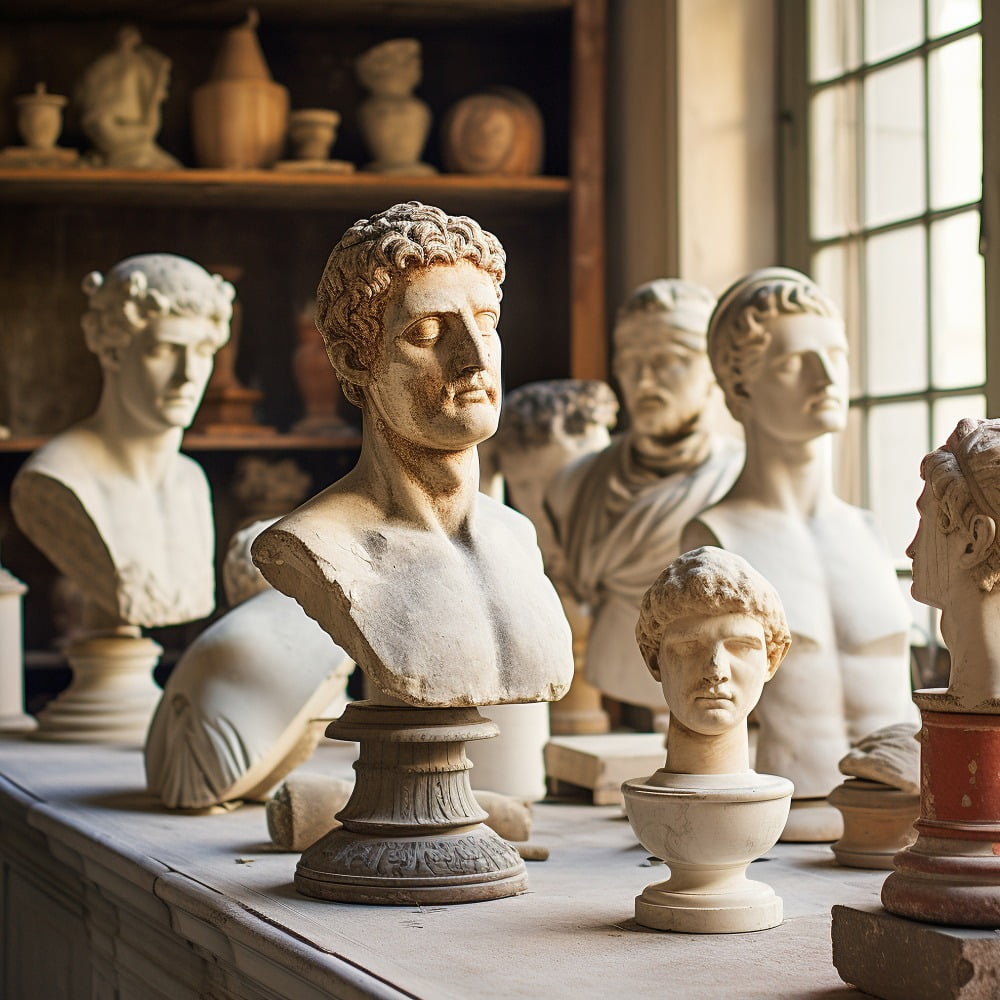What is a metaphor?
A metaphor compares or substitutes something abstract and less immediately present with familiar palpable imagery. Just as language is very effective at communicating information, metaphors convey new and complex information using basic and familiar concepts.
All religious scriptures use metaphors to transmit ideas about God and divinity. The Hindu Upanishads are filled with metaphors. Some common metaphors – like clay, the sun and the lotus — can be found across religions. Veils and clouds are often used as metaphors of ignorance across religions to suggest that they must be removed so that the knowledge shines forth.
All religions can be interpreted metaphorically, and doing so usually invites better, more empathetic understanding of the other. “Individuals who have strong symbolic interpretations of religion have less need for closure and are more open to experiences of otherness, lending the promise of enrichment to encounters with others,” says Marianne Moyaert, a scholar of comparative theology. Commonly used symbols and metaphorical thinking – using images like the potter and the wood-carver, for example — enable us to cut through the dogmatic particularities of each belief system and to then better see the underlying unity and similarities.
The Jewish philosopher Maimonides argued that the Torah (the first five books of the Hebrew Bible) should be interpreted on two levels: the literal level and the allegorical level. The literal level is the plain meaning of the text, while the allegorical level is the deeper meaning that is hidden from the casual reader.This applies to most scriptures

Christianity
“And that is precisely what Christianity is about. This world is a great sculptor’s shop. We are the statues and there is a rumor going round the shop that some of us are some day going to come to life.”
— C.S. Lewis, writer and Christian theologian
Islam
“For we have no need to know the meaning which Allah intended by His attributes; no course of action is intended by them, nor is there any obligation attached to them. It is possible to believe in them without the knowledge of their intended sense.”
—Ibn Qudamah al-Maqdisi, Muslim theologian
Judaism
“We have been taught that R. Judah said: He who translates a verse literally is a liar, and he who adds [his own words] to it is a blasphemer and reviler.”
—Sefer Ha-Aggadah, collection of Jewish writings
Baha’i
“The holy books are full of significance and must never be taken literally.”
—‘Abdu’l-Bahá, Baha’i leader
Hinduism
“Those who surrender to Brahman all selfish attachments are like the leaf of a lotus floating clean and dry in water. Sin cannot touch them.”
—The Bhagavad Gita (5:10), Hindu text
Buddhism
“As irrigators lead water where they want, as archers make their arrows straight, as carpenters carve wood, the wise shape their minds.”
—The Buddha
Art and Literature
“Spiders can’t help making flying-traps, and men can’t help making symbols.” —Island, novel byAldous Huxley



